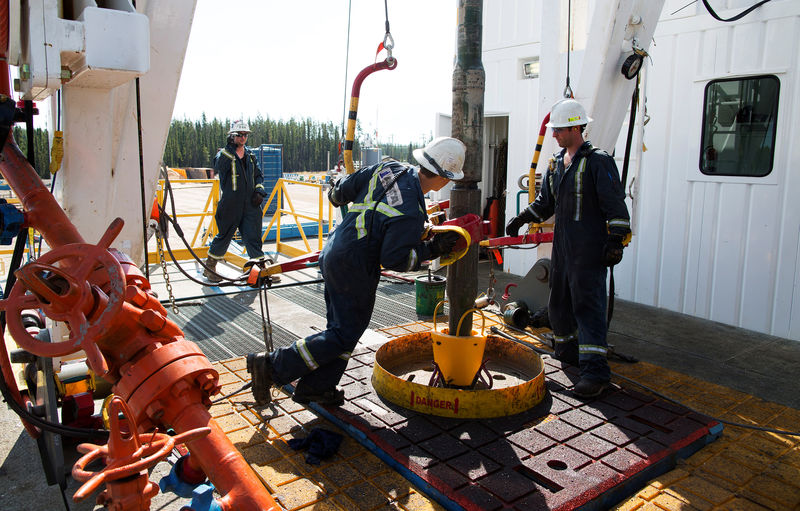(Bloomberg) -- For an insight into Asia’s oil demand recovery and the health of global energy markets, look no further than the fluctuating volumes and shifting composition of the hoard of crude and fuel floating off Singapore.
Some 82.5 million barrels of crude and oil products was sitting in 67 vessels parked off Singapore and in the Malacca Strait as of Tuesday, according to data intelligence firm Kpler. That’s up from 69.8 million barrels at the end of May. The floating stockpiles fluctuate in size as Asian buying interest is countered by the arrival of more shipments.
While Asia’s energy demand rebound has led the world, much of that has come from China, with other economies in the region struggling to emulate its rapid recovery. Poor refining margins, earlier contango plays and a diversion of cargoes from weaker markets to Asia are all feeding the growing hoard of crude oil and fuels.
The composition of the floating hoard provides more clues on supply and demand balances in Asia. The amount of crude and condensate was at 38.8 million barrels on June 23, up from 32.8 million at the end of May, but down from 40 million in the middle of last month, the Kpler data shows.
“Demand is coming back but it’s definitely not back to pre-Covid levels,” said Anoop Singh, head of East of Suez tanker research at Braemar ACM Shipbroking in Singapore. “And that’s showing up in the rather stubborn glut of crude oil stored at sea.”
Run rates at Chinese independent refiners are plateauing even as the nation struggles to handle a backlog of crude tankers waiting off its coast. In India, throughput at the nation’s processors was still well below year-earlier levels last month, while fuel demand in the first half of June was 15%-20% less than the same period in 2019.
Some of the tankers idling off Singapore were also booked for three-month storage plays earlier this year when the supercontango made hoarding at sea more viable. Ships currently in the straits are carrying crude from everywhere from Venezuela to the Middle East to West Africa and some of them have been there for at least a month, according to Serena Huang, senior analyst at market analytics firm Vortexa Ltd.
Aside from crude, dirty petroleum products -- mainly fuel oil -- being stored in the strait rose to 38.2 million barrels on June 23 from 28.8 million barrels at the end of May, according to Kpler. However, clean products -- including gasoline, diesel and jet fuel -- fell to 5.5 million barrels from 8.2 million.
The prospects for marine fuel demand are looking bleaker than for oil as Covid-19 exacerbates a trend toward de-globalization that will crimp trade flows, Fitch Solutions said in a June 16 report. Gasoline, meanwhile, has so far enjoyed a post-lockdown boost as more commuters choose cars over public transport to avoid the risk of infection.
“The hoard of crude oil will only see a rapid reduction in the third quarter” as Asian countries work through their high levels of onshore gasoline and diesel inventories, said Braemar’s Singh. That will prompt an improvement in margins that will in turn increase run rates and crude purchases, he said.
©2020 Bloomberg L.P.
